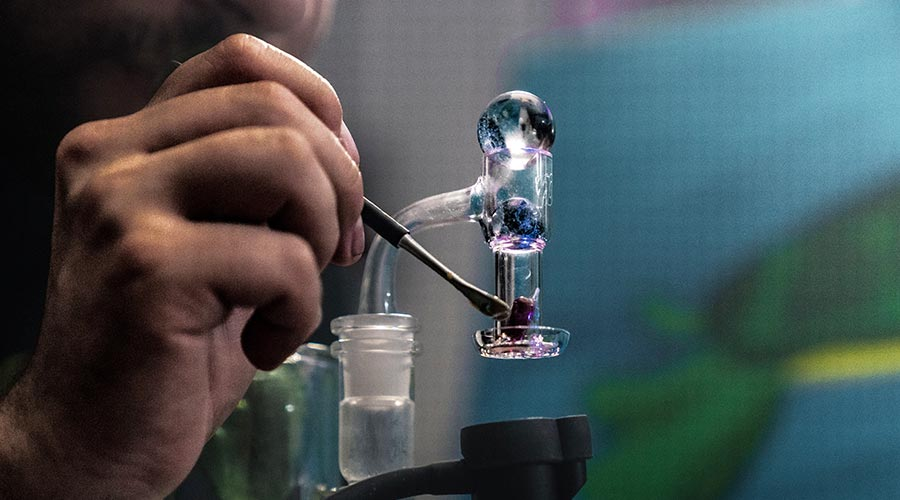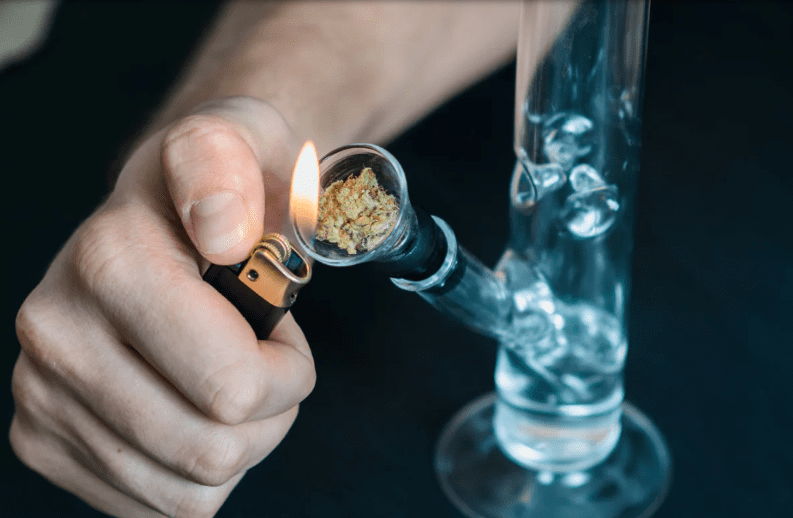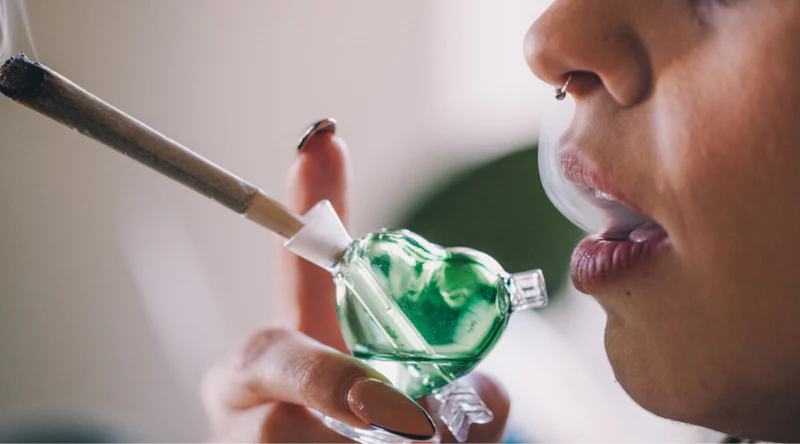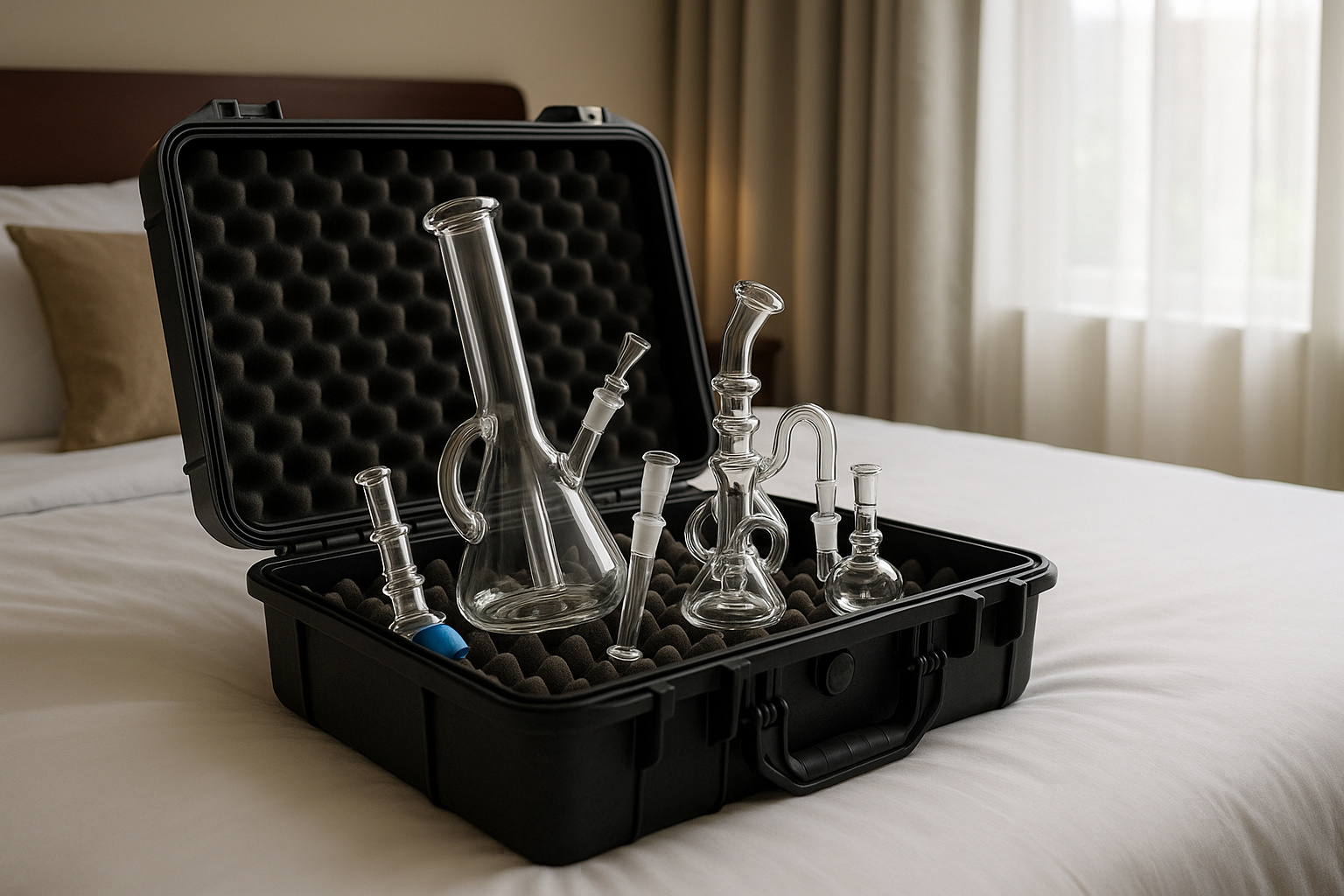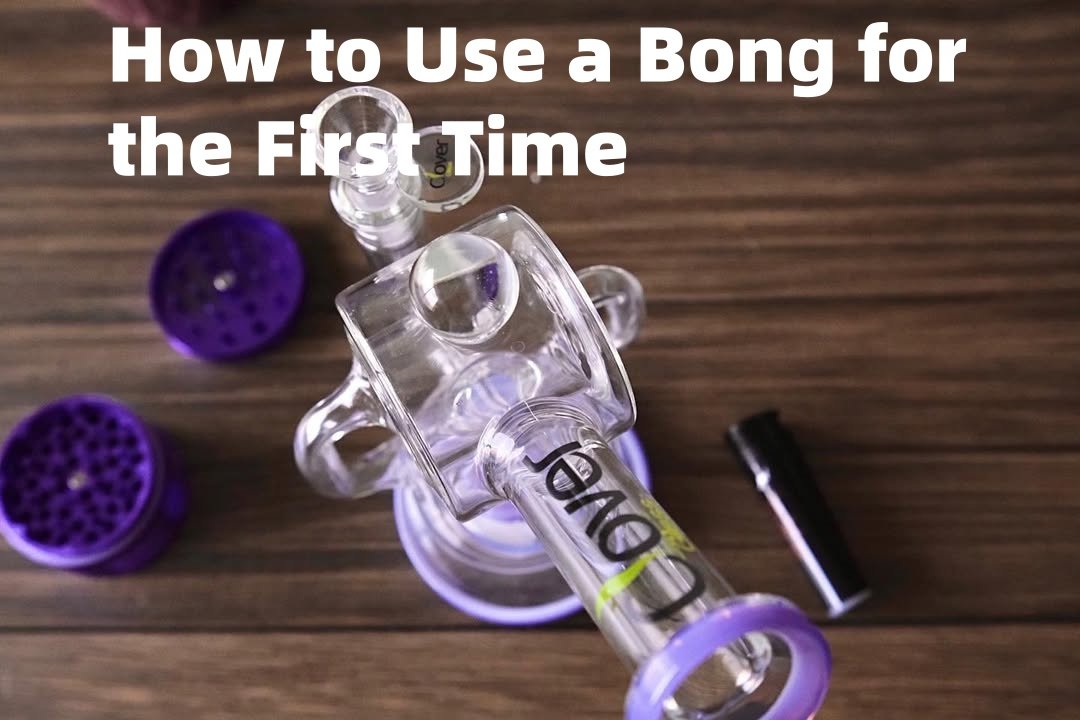Starting a smoke shop sounds simple—lease a storefront, fill it with glass, flip the sign to “Open.” Real life is messier. Let’s cut through the fog and map the steps clearly.
To open a smoke shop, you need three pillars in place: the right licenses, a realistic budget, and a vetted supply chain.
This guide walks you through each stage—permits, planning, inventory, wholesaler selection, and marketing—so you can launch with confidence instead of guesswork.
Here’s the road map at a glance; now we’ll zoom into each turn.
Which Licenses and Permits Do I Need Before I Open a Smoke Shop?
Have the paperwork ready before your first display case shows up.
Most U.S. cities require a tobacco retail license, a state sales‑tax permit, and a local zoning OK.
Skip any of them and inspectors can padlock your door on day one.

A smoke shop deals in tobacco products and often cannabis paraphernalia, so the regulatory net is tight. File for a state tobacco permit first; approval can take six to eight weeks. Next, pick your legal entity—most owners choose an LLC for liability protection—and register for a federal EIN. Finally, talk to your city’s planning office about signage, ventilation, and distance rules (many towns ban new tobacco retailers within 500 feet of schools). Budget for annual renewals and spot checks; compliance isn’t a one‑and‑done deal.
License & Permit Checklist
| Document | Issued By | Typical Fee |
|---|---|---|
| Tobacco Retail License | State Department of Revenue | $100–$300 |
| Sales‑Tax Permit | State Comptroller | Often free |
| Local Zoning Clearance | City Planning Dept. | $50–$200 |
| Resale Certificate | State Tax Office | Free |
Missing even one of these can stall your grand opening for months.
How Do I Build a Bulletproof Business Plan and Budget?
A good plan is your GPS; it shows if the cash you expect matches the cash you’ll need.
Your budget should cover startup costs, six months of overhead, and an emergency buffer equal to one month of sales.

Begin with rent. Smoke shops thrive in areas with foot traffic but low direct competition. Factor in build‑out costs for ventilation and glass display cases. Next, price insurance, utilities, and payment processing fees (a merchant account for tobacco often commands higher rates). Layer marketing expenses on top: basic SEO, social ads, and a loyalty program. Last comes inventory. Plan to turn stock every 30 days so cash isn’t trapped on shelves.
Typical Startup Budget
| Category | Low‑Cost Strip Mall | Mid‑Tier Downtown |
|---|---|---|
| Leasehold Improvements | $5,000 | $20,000 |
| Initial Inventory | $15,000 | $40,000 |
| Licenses & Legal | $1,200 | $3,000 |
| Marketing Launch | $2,500 | $8,000 |
| POS & Fixtures | $4,000 | $10,000 |
| Emergency Fund | $5,000 | $10,000 |
Run the numbers twice—once on best‑case sales and once on rainy‑day realities.
What Kind of Inventory Should a New Smoke Shop Stock?
Your shelves must balance staples and showstoppers.
Start with proven sellers—glass water pipes, papers, grinders—then sprinkle in trending pieces like glycerin coolers or UV‑reactive rigs.

Think of inventory as layers. The base layer is high‑turn consumables: rolling papers, filters, butane. They draw daily traffic. The middle layer is mid‑range glass: classic beakers, straight tubes in the $40–$80 MSRP zone. These anchor your monthly revenue. The top layer is boutique or custom pieces that create buzz and bigger margins. Measure sell‑through weekly; anything that lingers more than 60 days gets discounted or returned to the wholesaler if possible.
Core Opening Assortment
| Category | Units | Margin Goal |
|---|---|---|
| Rolling Papers & Cones | 200 | 50% |
| Glass Hand Pipes | 120 | 55% |
| Mid‑Range Bongs | 80 | 60% |
| Dab Tools & Quartz Nails | 60 | 50% |
| Grinders | 100 | 55% |
| Novelty Glass Recyclers | 40 | 65% |
Rotate at least 10 percent of SKUs each quarter to keep regulars curious.
How Do I Choose and Vet Wholesale Suppliers for Smoking Accessories?
A supplier isn’t reliable until they prove it on your first pallet.
Check MOQs, breakage policy, and warehouse location before signing any pro forma invoice.

Begin the hunt on B2B platforms, trade shows like CHAMPS, and industry forums. Short‑list vendors who warehouse in the U.S.; they save you customs headaches and slash transit time. Verify each with video factory tours, references, and sample orders. Look for clear credit policies on glass breakage—photo proof should earn instant credit, no returns required. Compare wholesale price to landed cost: freight, duties, and shrink combined.
Supplier Vetting Scorecard
| Metric | Pass | Fail |
|---|---|---|
| Stateside Warehouse | ✔ | ✖ |
| 30‑Day Credit on Defects | ✔ | ✖ |
| MOQ ≤ 20 boxes | ✔ | ✖ |
| Annual New‑Product Releases | ≥ 100 | < 20 |
| Trade‑Show Presence | Active | Absent |
Work only with suppliers who score at least 4/5.
What Marketing and Compliance Steps Keep My Smoke Shop Thriving?
Opening day is chapter one; staying open is the real story.
Combine compliant advertising, customer rewards, and iron‑clad ID checks to turn first‑time shoppers into lifers.

Smoke‑shop marketing lives in a gray zone: many ad platforms restrict tobacco promotion. Lean on organic tactics—Google Business Profile, SMS clubs, and in‑store events. A modern POS system lets you track age verification and build a points program simultaneously. Train staff on state ID laws and maintain a refusal log; fines for underage sales can hit five figures. Finally, keep compliance posters visible and refresh staff training quarterly.
Ongoing Checklist
| Task | Frequency |
|---|---|
| Age‑Verification Audit | Monthly |
| SEO Blog Post | Bi‑weekly |
| Inventory Cycle Count | Weekly |
| Staff Compliance Training | Quarterly |
| Vendor Price Review | Semi‑annual |
Treat the checklist like brushing teeth—skip it and problems grow unnoticed.
Conclusion
Open your smoke shop with the right paperwork, a numbers‑driven budget, smart inventory, trustworthy suppliers, and steady marketing. Nail these five pillars and your “Open” sign stays lit for years.
